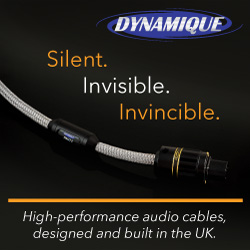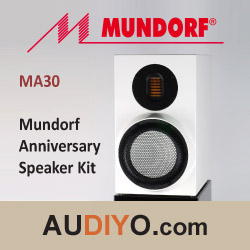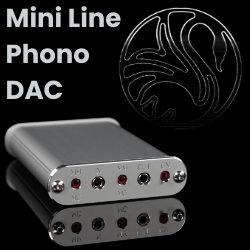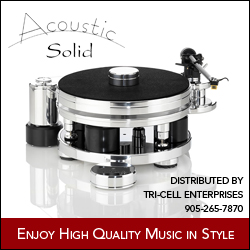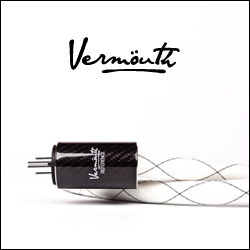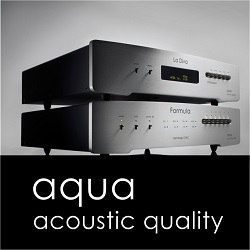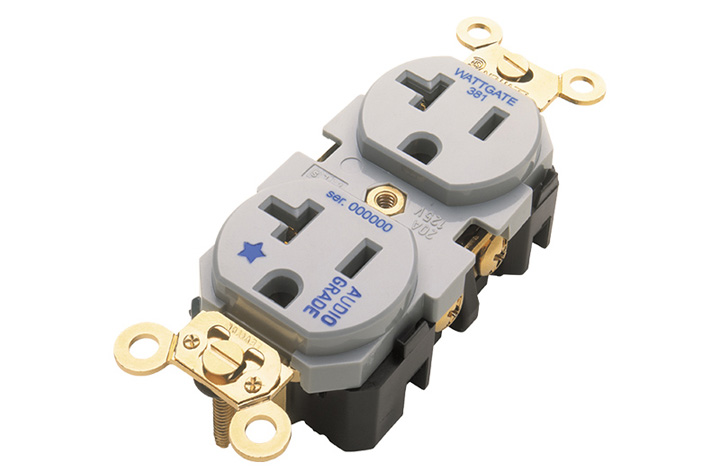
AC Receptacles
My initial experience with upgraded AC receptacles occurred many years ago. I replaced a stock residential brass AC receptacle with a cryo-treated Hubbell brass hospital-grade receptacle. Beyond the reassuring feel of the iron grip of the hospital grade receptacle on my power cable I think I heard a difference in sound quality for the system. The real surprise occurred a few years later when I replaced the hospital grade receptacle with a gold-plated cryo-treated Furutech Japanese phosphor bronze receptacle. In this case, I absolutely did hear an improvement in sound with a more open soundstage and lowered noise floor, allowing me to hear more low level detail in the music. So if I rated the stock AC receptacle 2/10 and the cryo-treated Hubbell receptacle 4/10, the Furutech receptacle was a 7.5/10.
What differentiates audio-grade AC receptacles is the conductor material:
• Brass – good conductivity
• Phosphor Bronze – better conductivity
• Copper – best conductivity
And the plating:
• Unplated – neutral music presentation
• Gold – warm/organic music presentation
• Rhodium – detailed music presentation
For good performance in a modest two-channel system I would have no hesitation in recommending the following AC receptacles:
• Furutech FPX series – Copper/Gold/Rhodium plated Japanese phosphor bronze.
• Oyaide SWO series – Gold/Silver/Palladium-Gold plated Japanese phosphor bronze.
• Wattgate 381 series – Gold/Silver/Rhodium plated brass.
For premium performance in a high-end two channel audio system the following AC receptacles should be on your shortlist:
• Furutech GTX series – Gold/Rhodium plated pure copper
• Furutech GTX NCF series –Rhodium plated pure copper (my personal choice)
• Oyaide R series – (R-0) unplated/(R-1) Platinum-Palladium plated Beryllium copper
There are other AC receptacle brands in the market, however I have chosen these because they are all UL/CSA certified.
Both Oyaide and Furutech provide cast aluminum support plates for the AC receptacles and carbon fiber cover plates. These are worth considering if you want the absolute best performance from the premium AC receptacles.
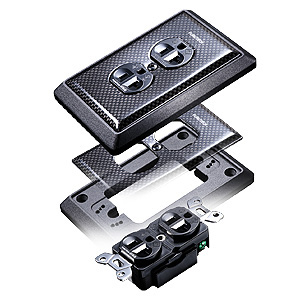
Figure 4 – Furutech GTX AC receptacle with the aluminum support plate and carbon fiber receptacle cover.
Breaker Panel Planning
If your home has an old-style fuse panel and/or a small 100A breaker panel my recommendation is to replace this with a modern breaker panel. Since there is very little difference in cost I would recommend investing in a 200A (40 slot) breaker panel versus a 100A (20 slot) panel regardless of house size.
I upgraded my electrical system twenty years ago while doing major home renovations. I replaced the original 60 amp fuse panel and 100A (20 slot) breaker panel with a 200A (40 slot) breaker panel.
In my home the available 40 slots of the 200A breaker panel were quickly filled up and only two free slots <1> and <9> were available for the three dedicated lines. To fit the third dedicated line in the panel it was necessary to replace a full-width breaker <7> with two half-width breakers <7A> and <7B>. The half-width breakers are often referred to as ‘cheater’ breakers. In order to have all dedicated lines in the A phase it was important to understand which of the half-width breakers would be on the A phase, <7B> in this case.
You may have similar issues to deal with:
• Less available circuit breaker slots than dedicated lines.
• Available circuit breaker slots may be on the wrong phase.
You will need to work with your electrician to determine a breaker upgrade strategy, but the above discussion should give you an idea of what is involved.
Routing Dedicated Lines
If your home has a drywall ceiling, running the AC lines will be much more complicated than if there is an open or suspended tile ceiling.
My audio system is on the main floor of the house in the North-East corner and the electrical panel is in the basement in the South-West corner. The basement has a drywall ceiling so the electrician had to snake many feet of Romex across the house through ceilings and walls. It was necessary to make small holes in the ceiling at strategic points to allow a pull wire to be used to guide the Romex towards its desired destination. This was a major undertaking but was manageable since the installation of dedicated lines was done as part of a major home renovation project.
If your home has exposed ceilings or if the wire needs to be run outside of the wall, it may be necessary to use BX (armor) cable. BX cable is encased in a flexible aluminum tubing.
You will need to work with your electrician to determine the correct approach based on the local electrical code.
Tip: If you have a computer audio system it may be worthwhile to include a run of CAT7 network cable at the same time you are adding the dedicated AC line(s). The entry point for your cable TV or phone connection is often in the same vicinity as the circuit breaker panel. Having a hardwired network cable connection to your computer system will improve the performance and reliability compared to a wireless connection.
Grounding Techniques
The Romex used in each AC circuit has an exposed copper wire which is connected to the receptacles at one end and the ground buss of the electrical panel at the other end. The ground buss is then connected to the household ground point which is typically a cold water copper pipe. The copper pipe extends outside the house where it makes contact with the actual earth ground.
Special AC grounding techniques are occasionally discussed in audiophile forums. These techniques may involve running a separate ground, often a dedicated ground wire attached to a long metal rod outside of the home driven into the lawn/dirt. This ground will either work in a parallel with the household ground or serve as a replacement in extreme cases. Grounding techniques are very complex to implement in practice and depend on the specific variables that come into play for your actual home environment. My strong recommendation is that you resist the temptation to try special grounding techniques and instead rely on the proven grounding approach which is implemented at your electrical panel.
If you do consider a specialized grounding technique, this should be thoroughly discussed with your electrician to verify that it is safe and complies with the local Electrical Code.
Dedicated Electrical Subpanel
In a typical home, the audio system AC circuits will be installed in the same electrical panel as regular household AC circuits. Although the audio system lines have some isolation from the other lines there will always be some crosstalk. In advanced installations one may consider installing a separate electrical subpanel dedicated to the audio system. This provides an additional level of isolation.
It is also possible to get audio grade electrical panels with balanced power transformers from companies like Equi=Tech.
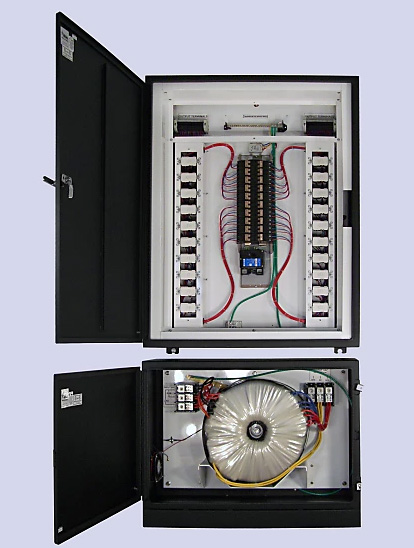
Whole House Surge Suppression
While doing work on your electrical panel one thing to consider is adding a whole house surge protector. A whole house surge protector is typically connected to the first two breaker slots of the panel closest to the main power entry point. This type of surge suppression is more effective than point solutions found in power bars and power conditioners, since it is hardwired into the electrical panel at the entry point in the home for AC power.

Residential units can be purchased at hardware stores such as Home Depot and Lowes or from a specialty electrical supply store.
There are a wide variety of units available from well known manufactures including:
• Eaton
• Intermec
• Square D
Selecting your Electrician
The most difficult part of your electrical upgrade project will most likely be finding a qualified electrician who has the time to work on a fairly small electrical project.
Your local audio community may have a list of electricians they have used who can accommodate small jobs and will not question your use of Romex that has been frozen or electrical outlets that cost more than $1.00. Once you have found an electrician it is important to fully explain your plans and a description of audio grade parts that you will be supplying. The electrician can then advise you on the installation approach and help you navigate the local electrical code requirements.
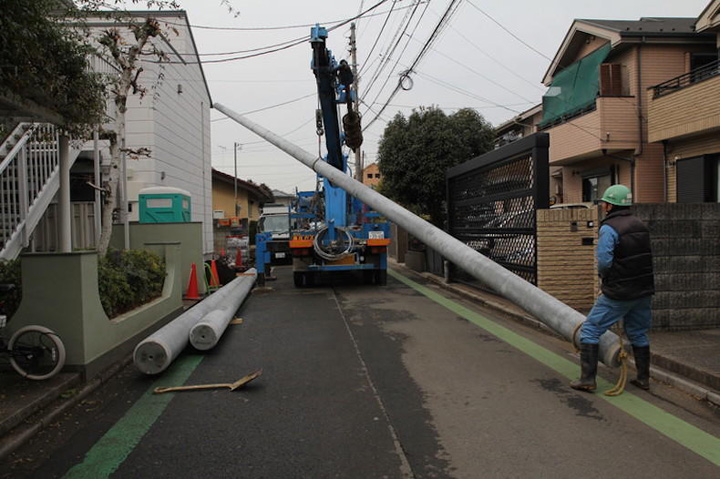
State of the Art
We have discussed the basics of improving your power distribution system. However if you are like the Japanese you can take this to the next level with a dedicated electrical distribution pole to dramatically reduce AC noise coming from your neighbors.
The following article in What Hi-Fi? discusses one Japanese audiophile’s quest to further improve his power distribution system. The original source material for this posting comes from the Wall Street Journal.
Steven Huang is the owner of Audio Sensibility (www.audiosensibility.com).







